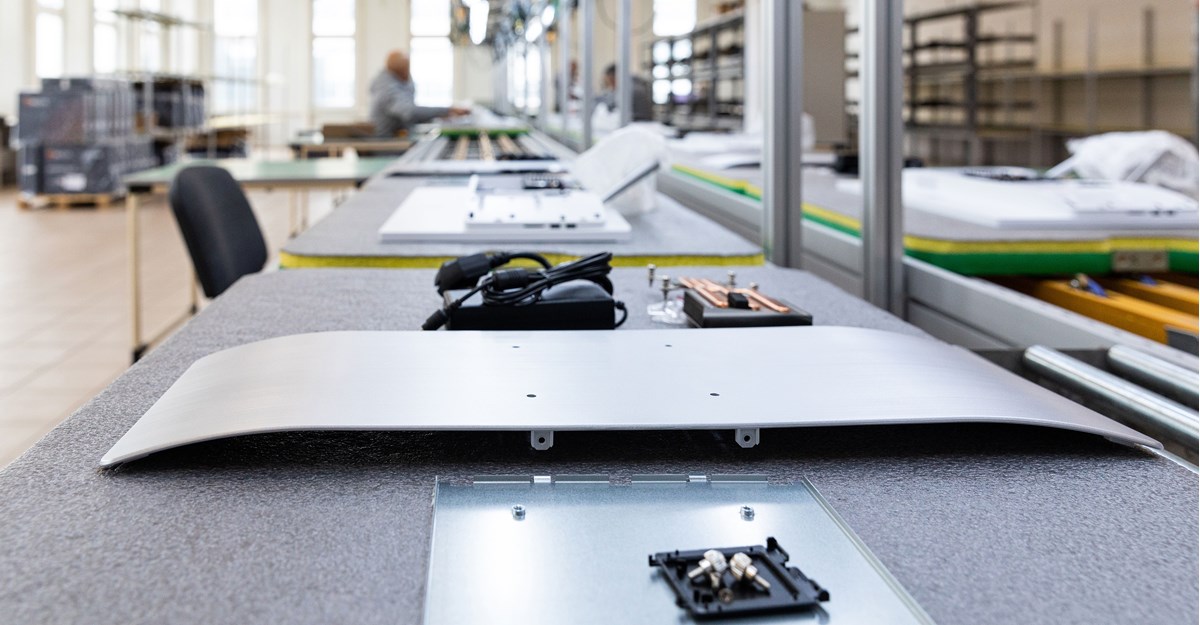
Before the pandemic, most people hadn't thought about the economic impact of the supply chain. Now, people have a clearer idea of what a supply chain disruption means. From breakfast cereal to computer chips, people are learning what it means to run short of the products they use every day.
Sure, during an impending storm or after a natural disaster, shortages at grocery stores were something people could expect. Yet, people felt the first sting of a supply chain disruption when there wasn't enough personal protection equipment (PPE) in hospitals.
It went from waiting weeks for a new car to bare shelves at grocery stores that had nothing to do with the weather. Now, if you need new furniture, new windows for your home, new tech gear, or computer equipment to prepare for working from home, you're waiting for months.
What's happening, and what should you anticipate next? When can you expect to receive your new keyboard or laptop?
It’s difficult to know when these shortages will end and how much of an impact they will continue to have on every industry. In this article, you’ll learn how these shortages are impacting the IT sector.
Breaking Down the Supply Chain Crisis
The origins of the supply chain disruption began when the pandemic placed the world in an economic crisis. It started with the lockdown. Fewer employees working in the factories caused national shortages.
As homes began to double as offices and classrooms, the demands for desks, office chairs, printers, and office supplies increased when supplies were already low. It also is a key factor in why inflation has reached an all-time high.
To top it all off, having one primary supplier for electronics in China and strict COVID policies impact factory supplies and port shipments. These are only a few of the issues.
What’s happening to the global supply chain?
The pathway to manufacturing, logistics, and transportation known as the global supply chain is how goods get from where they are grown or fabricated to customers. Worldwide lockdowns caused mass shutdowns that greatly impacted global supplies.
The products that were already waiting for global shipments sat waiting on docks and in ports. So, while local supplies were low, global supplies also couldn't move.
From food to electronics and everything in between, nothing made it to places where consumers could get them. While some areas reopened after a few months, increased demands made the few supplies that did make it to their destinations scarce.
How did the supply chain disruption start?
It began in the early stages of the pandemic. China supplies many countries with various products and materials. Yet, China isn’t the only worldwide supplier. Other trade and industrial nations besides China include:
- South Korea
- Japan
- Taiwan
- Vietnam
- Philippines
- Germany
Many workers were too sick to work, and these nations had lockdowns. Managers cut schedules of essential workers because supplies anticipated drops in demands because of the lockdowns.
What products are in short supply?
Chemicals, electrical components, and clothing manufacturing supplies are the three main product types in short supply. Manufacturers don't have the supplies they need to make consumers products. That places all products in short supply.
For example, it takes 27 chemicals to make paint. If paint manufacturers can't get the chemicals they need, there's none for consumers to purchase.
Computers and tech accessories need microchips. If manufacturers cannot produce microchips, those who make electronics can't build devices. The car industry was the most impacted by this shortage.
Why are computer chips in short supply?
The semiconductor industry is now a high-stakes geopolitical concern that causes tension between China, Taiwan, and the United States. However, it also has the potential to impact global commerce.
Semiconductors (also known as “chips” or "microchips") are a necessary component for technological innovation and IT product manufacturing. Nations worldwide want to move supply chains out of China. This has caused those in the industry to reconsider global operations.
Since 2017, tensions between China and the United States have grown, and Washington is advancing semiconductor manufacturing in the United States. These issues, and the global pandemic, are why chips are in short supply.
Why can’t factories simply make more supplies?
Most manufacturers did increase supply production. The problem was that COVID variants caused more of the workforce to contract the illness, lockdowns ramped up again, and mandates restricted the number of workers who could work.
Since demands were already high, factories struggled to produce enough supplies. Furthermore, clogs in the transportation of goods created pileups in warehouses and shipping docks. That meant shipping containers had to remain out to sea off the shores of supply ports.

Is the pandemic really to blame?
The effects of the pandemic made supply and demand volatile. Rapid shifts in both made it impossible for the supply chain to adjust accordingly. All of that came on the heels of decades of companies keeping lean inventories to limit overages to reduce costs.
Monopolistic tendencies were another cause of shortages. Stakeholders know that high demands mean they can charge more for goods. It created choke points in the supply chain to increase revenue and bonuses for executives.
When the pandemic hit, there were no overstocks when necessary materials for production were unavailable. Also, a shortage in truck drivers prior to the pandemic adversely impacted the supply chain.
When will the supply chain shortages end?
No one knows. With new COVID variants, the current inflation, and various economic downfalls, it's reasonable to expect the supply chain disruption will continue well into 2022. It may even be longer than that.
The great resignation is another issue impacting the supply chain. Workers' demands for a living wage and adequate working conditions affect logistics in all sectors. Until these issues get resolved, supply chain disruptions will continue.
How Kensington is Managing This IT Disruption
At Kensington, we work to limit the impact the supply chain disruption has on our customers. This requires us all to work together and plan ahead so the supply chain disruption will have minimal impact.
We are so grateful to our loyal customers who understand the impact of this crisis. We will continue to do our part to lessen the effects this has on you. We're all in this together.
Contact us today for more information on how we can help you get the computer accessories you need.
